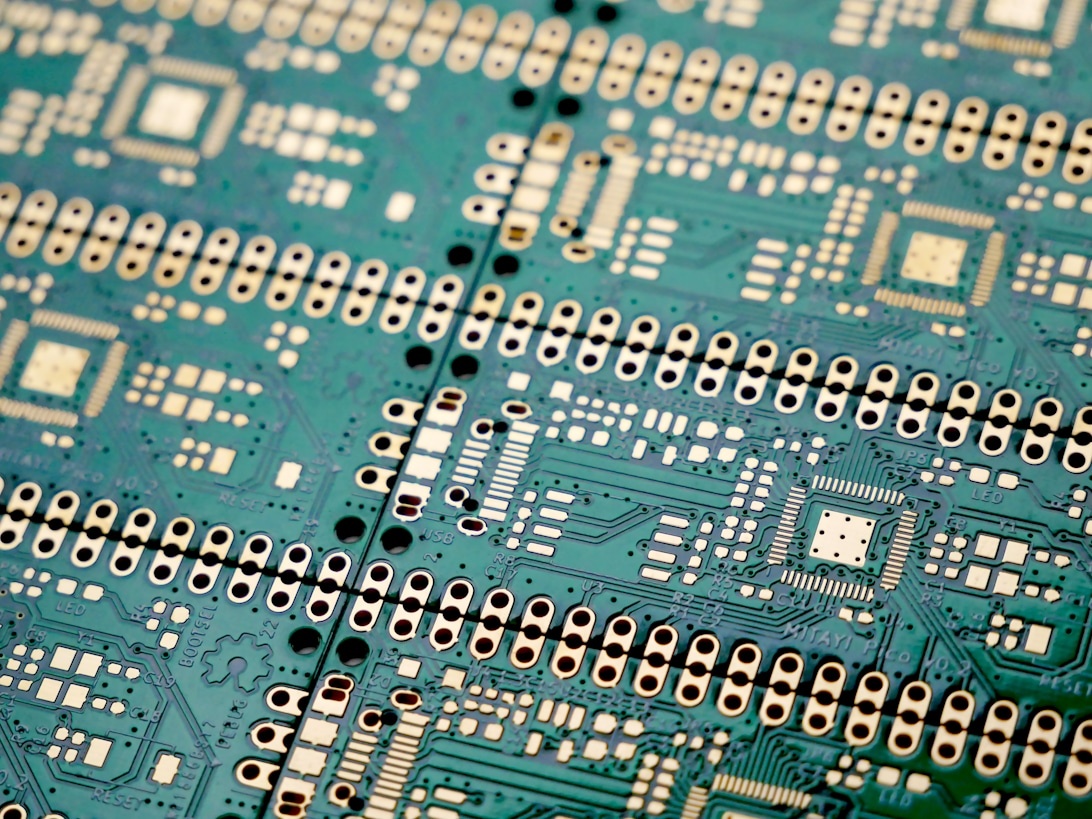Computer-Aided Design (CAD) software has revolutionized how we create everything from intricate machine parts to sprawling architectural wonders. But the power of CAD isn’t just in its computational muscle; it’s also profoundly shaped by its user interface (UI) – the bridge between the designer’s vision and the digital canvas. The journey of CAD UI design is a fascinating story of technological leaps, shifting design philosophies, and a continuous quest to make complex spatial tasks more intuitive and efficient. Unlike typical business software focused on data management, CAD interfaces grapple with the unique challenge of interacting within 2D and 3D virtual spaces, a distinction that has driven much of its evolution.
From light pens to graphical interaction
The seeds of modern CAD interfaces were sown back in the early 1960s with groundbreaking systems like Ivan Sutherland’s ‘Sketchpad’. Celebrated as perhaps the first graphical user interface in CAD, Sketchpad allowed users to interact directly with designs on a Cathode Ray Tube (CRT) monitor using a ‘light pen’ – a device acting as both pointer and drawing tool. This concept of direct manipulation, allowing graphical drawing similar to physical drafting but with digital flexibility, was revolutionary. While visionary, these early systems, often relying on text-based command-line interfaces (CLIs) alongside rudimentary graphics, were complex and expensive, limiting their use primarily to large aerospace and automotive firms needing to replace traditional drawing boards.
The 1970s and 1980s marked a significant shift. As computing power grew and costs decreased, particularly with the rise of minicomputers and later personal computers (PCs), CAD became more accessible. Autodesk’s AutoCAD, launched in 1982 for the PC, was a pivotal moment, bringing CAD capabilities to a much wider audience. This era saw the gradual transition towards Graphical User Interfaces (GUIs), incorporating familiar elements like icons, menus, and toolbars. This shift made software functions more discoverable, though early GUIs often still heavily relied on command inputs. The move towards 3D modeling also began, presenting new UI challenges, especially in accurately representing and controlling cursor position within a 3D space displayed on a 2D screen. Innovative visualization techniques for view and construction planes became crucial for user experience, a key factor explored in designing for UX in CAD.
Refining usability and embracing 3D complexity
A major leap in usability came with the refinement of ‘direct manipulation’. Instead of just relying on commands, designers could now interact more intuitively with geometry using on-screen ‘grab handles’ to resize, reshape, and reorient objects directly. This gave users much greater freedom and flexibility. Palettes dedicated to object manipulation further streamlined workflows. This period also saw the rise of more sophisticated modeling techniques. ‘Parametric modeling’, introduced effectively by software like Pro/Engineer in the late 1980s, allowed designers to create models driven by parameters and constraints, often managed through a ‘history tree’ in the UI. Pro/Engineer significantly raised the bar, leveraging UNIX workstation capabilities to introduce modern GUI elements like drop-down menus and context-sensitive options, forcing competitors to improve their own interfaces. Underlying technologies like NURB (Non-Uniform Rational B-splines) geometry and boundary representation (B-rep), managed by geometric modeling kernels, enabled these more complex interactions, supporting various approaches like ‘solid modeling’, ‘surface modeling’, and later ‘direct modeling’ (which allows geometry changes without relying on a history tree).
Modern CAD systems also embrace ‘multi-affordance’, recognizing that different users have different preferences. This means providing multiple ways to achieve the same task. For instance, creating a simple line might be done by clicking two points, entering precise coordinates, specifying a length and angle from an existing point, or using a sketching tool. This flexibility caters to diverse workflows and user expertise, enhancing overall usability. The role of CAD modeling has expanded significantly thanks to these UI improvements making the software more versatile.
The intelligent interface and future directions
Today’s CAD interfaces are highly sophisticated, offering enhanced realistic visualization, extensive customization options, integrated collaboration tools for team-based projects, and tools focused on precision and accuracy vital for manufacturing. Looking ahead to 2025 and beyond, Artificial Intelligence (AI) is poised to bring the next wave of UI innovation. AI-driven personalization allows interfaces to adapt to individual user behavior, highlighting frequently used tools or customizing layouts. Natural Language Processing (NLP) enables interaction through voice commands or conversational text interfaces, potentially improving accessibility and efficiency for complex tasks. Furthermore, ‘predictive UI adjustments’ use machine learning to anticipate user needs, automate repetitive actions, or suggest next steps in a workflow. These AI-driven innovations promise significant productivity gains, though challenges around data privacy and algorithmic bias need careful consideration. Emerging technologies like augmented reality (AR) and virtual reality (VR) also hold potential for creating even more immersive and intuitive design environments.
From the pioneering directness of Sketchpad’s light pen to the intelligent, adaptive interfaces emerging today, the evolution of CAD UI design reflects a continuous effort to empower designers. By making complex software more accessible, intuitive, and efficient, UI advancements have been instrumental in CAD’s journey and will undoubtedly continue to shape the future of design and engineering.

